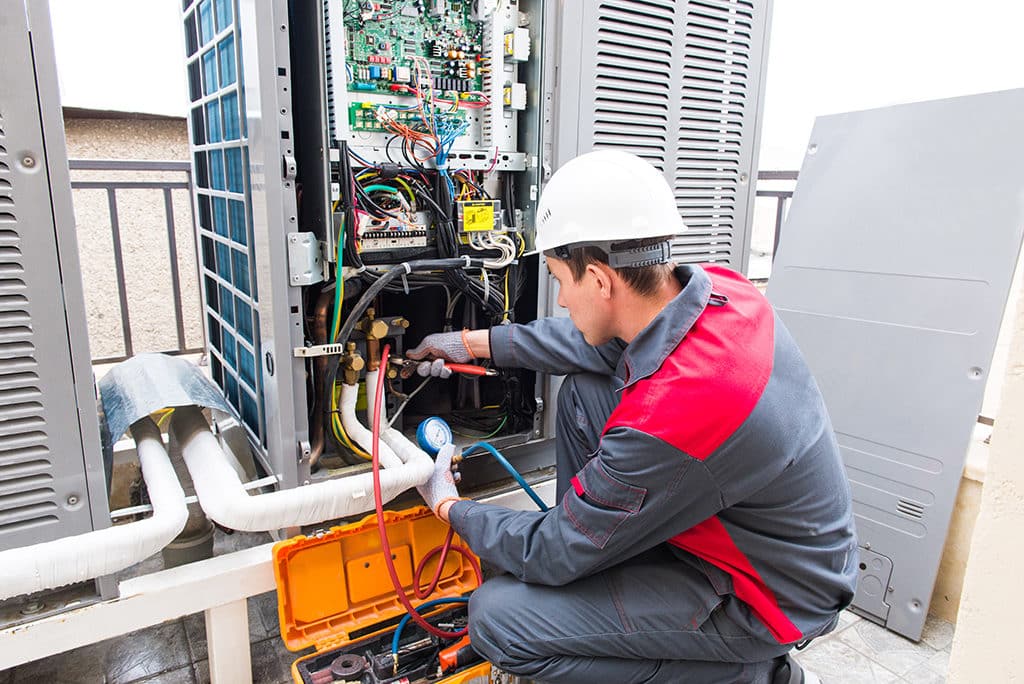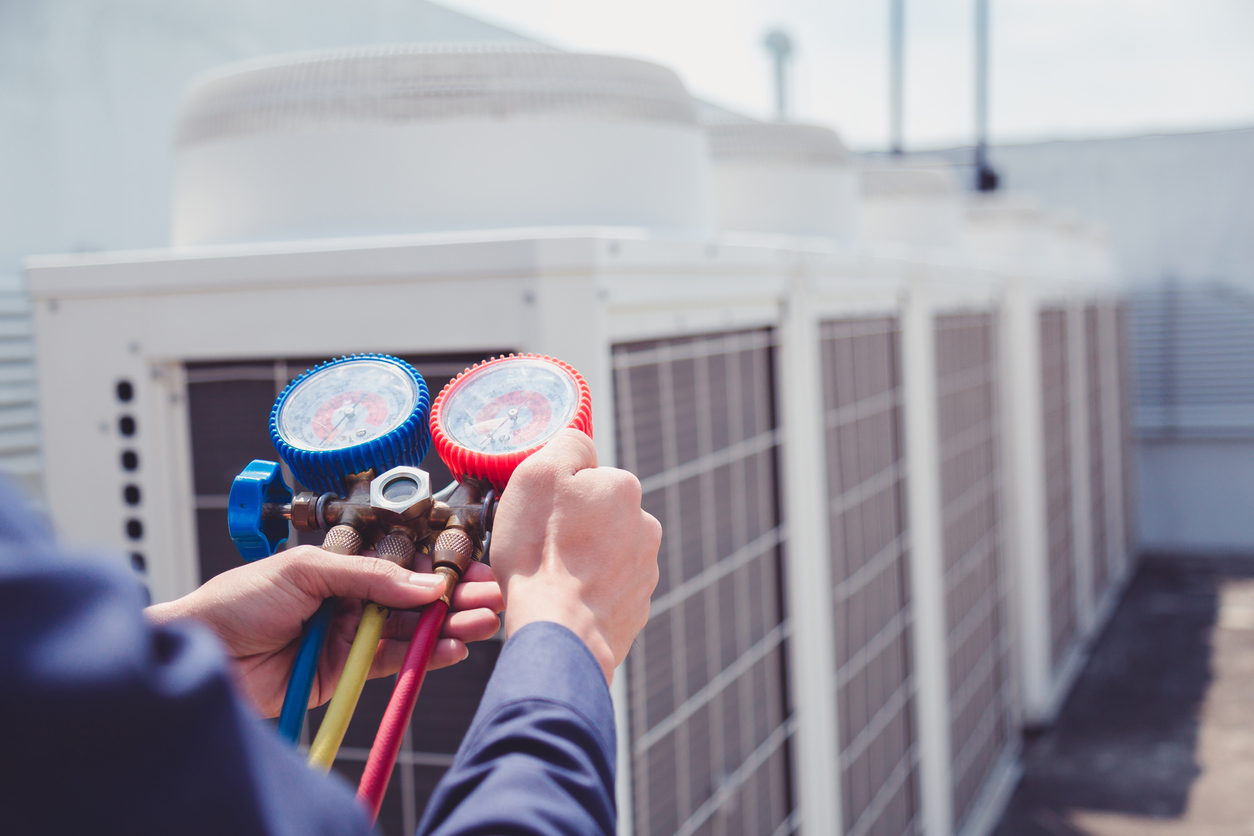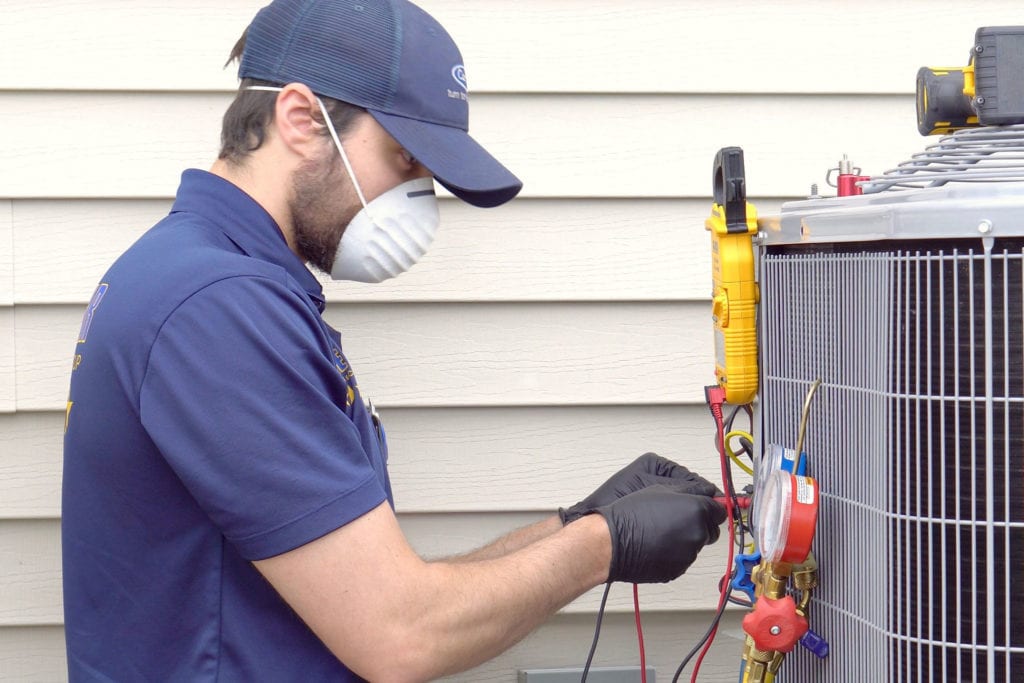Considering the complexities of cooling down old houses, a/c installment for historic homes postures peculiar predicaments.
Exactly how can you protect the stability of duration properties while making sure excellent interior comfort?
Unravel the enigmatic interaction between modern air conditioning eases and classic building treasures in the complying with discussion.
Key Takeaways
- Preserve historical charm with appropriate materials and skilled advice.
- Update electrical systems for contemporary a/c compatibility and security.
- Check out portable cooling alternatives like mini-split or high-velocity systems.
- Improve power performance via insulation, clever thermostats, and upkeep.
Historic Considerations
When taking into consideration the setup of cooling in a historic home, it is necessary to recognize the unique historical facets of the property. Remediation difficulties frequently emerge when attempting to blend modern convenience with preserving the historic integrity of the home. The building influence of installing cooling must be thoroughly evaluated to ensure that the system doesn't interfere with the home's original design.
Maintaining the historic appeal of a home while updating its amenities can be a fragile equilibrium. Reconstruction difficulties might include finding ways to hide ductwork, finding very discreet areas for the outdoor device, or adjusting the system to fit within the existing architectural constraints. It's essential to collaborate with specialists experienced in historical home restorations to navigate these obstacles effectively.
The building impact of adding cooling can be considerable. Mindful consideration must be provided to just how vents, thermostats, and other aspects will certainly blend with the home's aesthetic. Seeing to it that the setup doesn't jeopardize the historical honesty of the home is vital when embarking on such a project in a historical home.
Reviewing Electric Solutions
To guarantee an effective setup of air conditioning in a historical home, assessing the compatibility and capacity of the existing electrical systems is important. Prior to proceeding with the setup, it is very important to analyze whether the electrical system can handle the additional lots that the a/c unit will certainly present. Sometimes, updating the voltage of the electrical system may be required to ensure it can power the new air conditioning system effectively.
System compatibility is another vital variable to review when assessing the electric configuration of a historic home. Older electrical systems may not be compatible with modern a/c devices, which might bring about breakdowns or perhaps position safety risks. Making sure that the electric system is compatible with the brand-new cooling devices will certainly help avoid any kind of potential concerns down the line.

Room Restrictions and Ductwork Options

When managing restricted area in your historical home, you might wish to explore ductless mini-split systems or high-velocity cooling and heating systems as sensible alternatives. These systems can offer effective cooling without the requirement for substantial ductwork, making them ideal for older buildings with room restrictions.
Ductless Mini-Split Solutions
Considering area constraints and various ductwork alternatives, ductless mini-split systems use a versatile solution for air conditioning installation in historical homes. These systems provide considerable energy savings contrasted to typical a/c configurations, as they allow for zoning, implying you can cool particular locations only when required.
The design versatility of ductless mini-split systems is likewise beneficial for historical homes, where preserving the original appearances is crucial. Without ductwork needed, setup is less intrusive, making it a favored selection for older homes with restricted area or where preserving building integrity is a priority.
Ductless mini-split systems are efficient, customizable, and blend perfectly right into historical insides, supplying a practical and energy-efficient cooling solution.
High-Velocity Cooling And Heating Systems
High-Velocity HVAC systems supply a portable and efficient air conditioning remedy for historic homes with minimal room and certain ductwork needs. When thinking about these systems for your historic home, below are 4 key points to remember:
- Mini duct systems: High-Velocity a/c systems use miniature air ducts that are much smaller sized in size contrasted to conventional ductwork, making them perfect for homes with area restrictions.
- Small layout: The small layout of these systems permits much easier installment in older homes where area is limited.
- Reliable cooling: Regardless of their small dimension, high-velocity systems are capable of offering effective air conditioning throughout your historical home.
- Flexible installation: These systems offer various ductwork choices, such as versatile tubes, which can be routed with existing wall surfaces without major restorations.
Energy Efficiency Solutions
To enhance the energy efficiency of your historical home, take into consideration updating the insulation and incorporating a clever thermostat. https://lewishamacinstallation.co.uk These services can help manage interior temperature levels successfully and lower power usage, ensuring a more sustainable and economical cooling system for your special property.
Make these upgrades part of your air conditioning installment plan to take full advantage of convenience while decreasing environmental impact.
Insulation Upgrades
Upgrading the insulation in your historic home can significantly improve its power performance and total convenience while preserving its one-of-a-kind character and charm. Consider these vital techniques for insulation upgrades:
- Evaluate Window Treatments: Mounting energy-efficient home window treatments like shielded drapes or blinds can aid lessen heat transfer and improve the overall efficiency of your home.
- Enhance Roof Insulation: Updating roof insulation is crucial for much better temperature level guideline within your historic home, helping to maintain it cool down in the summer and cozy in the winter season.
- Seal Gaps and Cracks: Recognizing and sealing gaps and splits in your home's wall surfaces, floors, and ceilings can stop air leak and boost insulation performance.
- Think About Attic Insulation: Appropriately insulating your attic room can dramatically reduce heat loss and boost the overall energy efficiency of your home.
Smart Thermostat Combination
Taking into consideration the energy-saving advantages of insulation upgrades in your historical home, incorporating a wise thermostat can even more enhance your energy efficiency options.
Smart thermostats offer accurate control over your home's temperature setups, bring about substantial power savings. By optimizing home heating and cooling timetables based upon your choices and everyday routines, you can lower power waste and lower energy costs.
Additionally, wise thermostats offer remote access, allowing you to adjust the temperature settings from anywhere using your smartphone or computer system. This attribute allows you to make sure your home is successfully heated or cooled even when you're away, taking full advantage of convenience while minimizing energy intake.
Welcoming clever thermostat technology is a useful step towards enhancing the energy efficiency of your historical home.
Preservation Techniques for Air Vents
Preserving the honesty of historic air vents is vital throughout the installment of cooling systems in older homes. When it involves maintaining the architectural authenticity of your historic home while updating its comfort, consider the adhering to conservation methods for air vents:
- Restoration Techniques: Execute cautious remediation techniques to protect the original style and product of the air vents, guaranteeing they blend flawlessly with the historic aesthetic appeals of your home.
- Get in touch with Specialists: Seek advice from specialists experienced in historic conservation to guide you on the most effective practices for preserving the air vents' building integrity.
- Personalized Solutions: Check out custom-made remedies that accommodate the unique characteristics of your historic air vents, allowing for modern-day upgrades without jeopardizing their original charm.
- Period-Appropriate Materials: Select period-appropriate materials when repairing or replacing air vents, ensuring they align with the historic era of your home's design.
Specialist Tips for Successful Installment


When mounting a/c in historic homes, making sure successful installation calls for complying with professional tips for a seamless assimilation with your building's one-of-a-kind attributes.
Beginning by thoroughly assessing service warranty insurance coverage provided by different cooling and heating companies to safeguard your investment in situation of breakdowns. Acquire all needed permit needs from local authorities prior to commencing any type of installment work to prevent lawful issues down the line.
Budget planning is necessary; ensure to represent any kind of unpredicted expenditures that may arise throughout the installment procedure. Additionally, develop upkeep timetables from the start to keep your new system running effectively for several years to find.
Often Asked Questions
Can Air Conditioning Be Mounted in a Historic Home Without Compromising Its Historical Stability?
Yes, you can mount a/c in a historical home without endangering its historical honesty. Preservation methods can be made use of to perfectly incorporate modern-day air conditioning systems while maintaining the home's original beauty.
By tactically putting ductwork and units unseen, you can assure that the historical functions stay famous.
It's feasible to delight in the conveniences of a/c in a historical home without compromising its distinct personality.
Are There Special Considerations to Remember When Installing Air Conditioning in a Historic Home With Outdated Electric Solutions?
When upgrading electrical wiring in a historical home with outdated electric systems, special factors to consider are necessary. Preservation methods should be used to maintain the historic integrity of the residential or commercial property.
It is essential to deal with professionals who recognize the fragile equilibrium between modern-day conveniences and protecting the home's special personality.
How Can Ductwork Be Discreetly Installed in a Historic Home With Limited Space?
When handling limited room in a historic home, you'll need to contemplate discreet design and space-saving services for mounting ductwork. To maintain historic preservation while delighting in modern-day benefit, explore innovative methods to tuck ducts away without jeopardizing the home's aesthetic appeals.
Look into slim air duct options or ponder making use of existing dental caries for air duct placement. By mixing functionality with nuance, you can assure a smooth combination of air conditioning in your historic home.
What Are Some Energy-Efficient Options for Cooling in Historic Houses?
When searching for energy-efficient options for air conditioning in historical homes, take into consideration utilizing energy-efficient zoning and mini split systems. Energy-efficient zoning aids control temperature levels in various zones of your home, saving energy.
Mini split systems are a great selection for older homes with restricted room, providing both cooling and heating up features. By selecting these services, you can maintain your historical home comfortable without endangering on power efficiency.
Exist Particular Conservation Methods That Should Be Utilized for Historic Air Vents Throughout Installation?
When installing cooling in historical homes, conservation methods play an essential role. It is necessary to ensure that the existing air vents are very carefully integrated into the brand-new system to preserve the historical aesthetic of the home.
Verdict
When installing a/c in historical homes, it is essential to contemplate the one-of-a-kind difficulties such as protecting the home's historic integrity, evaluating electrical systems, and working within area constraints.
By carefully intending and making use of energy-efficient solutions, you can effectively install air conditioning without endangering the personality of your historic home.
Remember to speak with specialists for assistance and guarantee appropriate conservation techniques for air vents to maintain the charm and capability of your home.
